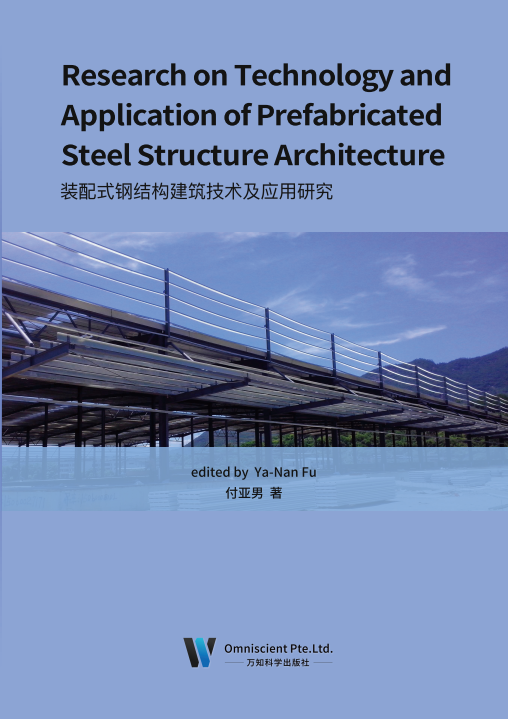
Preface
Prefabricated building refers to the construction of prefabricated parts assembled in the construction site, which has six characteristics: standardized design, fine design, factory production, prefabricated construction, integrated decoration and information management. Prefabricated steel structure building originated from Europe and America in the form of prefabricated steel structure residential system. In recent decades, it has formed a set of very mature technology, and has been further researched and developed in Japan, making it an ideal product to improve human living environment in the 21st century.
Construction industry is one of the pillar industries in China, and it is an important industry serving the national economy and social development. In recent years, with the implementation of the national comprehensive deepening reform and the acceleration of the new urbanization construction process, new requirements for the transformation and development of the construction industry have been put forward. The transformation and upgrading of the construction industry should focus on changing the traditional high consumption production mode, that is, developing the construction industrialization. Steel structure building is a kind of green building. It is easy to realize the standardization of design, factory production of components and fittings, and assembly of on-site construction. It is the most suitable building structure for prefabricated industrial construction. Prefabricated steel structure in the construction and installation process can effectively reduce the manual operation error, reduce the labor intensity, reduce the energy consumption and environmental pollution caused by on-site construction, improve the construction speed and construction quality, and improve the building quality. Its popularization and application can promote the development of the construction industry in the direction of green, energy saving and sustainable, truly realize the fundamental transformation of construction technology, and promote the international development of China’s economy
前 言
装配式建筑是指预制部品部件在工地装配而成的建筑,其具有标准化设计、精细化设计、工厂化生产、装配式施工、一体化装修、信息化管理六大特征。装配式钢结构建筑最早以装配式钢结构住宅体系的形式源于欧美,近几十年的发展,已经形成一整套十分成熟的技术,并在日本得到了进一步的研究和开发,使之成为 21世纪改善人类居住环境的理想产品。
建筑业是我国的支柱产业之一,是为国民经济、社会发展服务的重要产业。近几年来,随着国家全面深化改革的实施和新型城镇化建设进程的加快,对建筑行业提出了转型发展的新要求,而建筑业的转型升级,当以改变传统高消耗型生产方式为主,即发展建筑工业化。钢结构建筑是一种绿色建筑,容易实现设计的标准化、构配件生产的工厂化、现场施工的装配化,是最适合预制装配式的工业化建造方式的建筑结构。装配式钢结构在建造施工与安装过程中能够有效地减少人工作业误差,降低劳动强度,减少现场施工所产生的能耗及环境污染,可提高建设速度和施工质量、提升建筑品质,其推广应用可促进建筑产业向绿色、节能、可持续的方向发展,真正实现建筑建造技术的根本转变,推动我国经济的国际化发展。

Ya-Nan Fu, female, the Han nationality, master’s degree, national first grade registered constructor, born in Chongqing City in August 1984. Since she graduated from Zhengzhou University, she has been working as a lecturer in Chongqing Three Gorges University. She is engaged in the teaching and scientific research of structural earthquake resistance and prefabricated buildings. She presided over and participated in more than 10 national and provincial projects, published nearly 20 academic papers and obtained 3 national patents. She is the emergency expert of Chongqing Wanzhou Emergency Management Bureau.
She published one monograph.
付亚男,女,汉族, 1984 年 8 月生,重庆人,毕业于郑州大学,硕士研究生,讲师。现就职于重庆三峡学院,从事建筑结构抗震及装配式建筑方面的教学和科研工作。国家一级注册建造师,万州区抗震方面的应急专家,主持主研省部级项目近 10 项,在国内外期刊发表学术期刊近 20 篇,专著 1 部,授权国家专利 3 项。